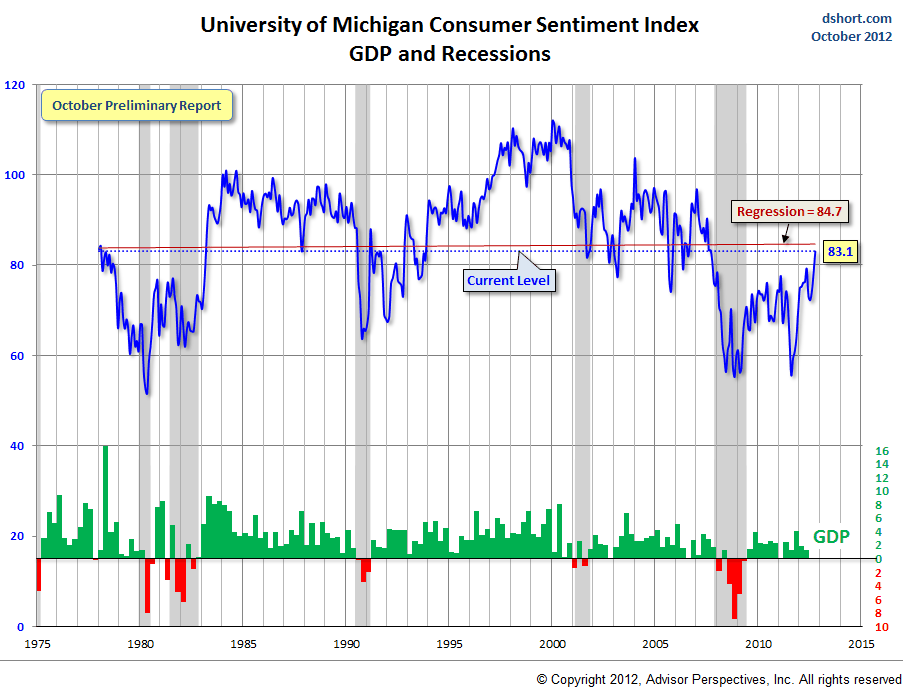![]() Author: Gator Capital Management
Author: Gator Capital Management
Covestor model: Small Cap
Disclosure: Long WTFC
We believe a winning strategy to owning bank stocks is to focus on banks with superior loan generating and deposit gathering capabilities. Another way to succeed in bank stocks is to own acquisitive banks during a period of low valuations, such as in the early 1990’s coming out of the S&L crisis or today coming out of the credit crisis of 2008. One bank stock that we believe compelling at present is WinTrust Financial (Nasdaq: WTFC), because it is one of the few banks with the ability to grow organically, and they are enhancing their franchise through low cost acquisitions. In addition, Wintrust’s valuation is reasonable given their ability to grow.
Background
Wintrust is the bank holding company for a group of community banks in suburban Chicago and Milwaukee markets. The bank was formed in 1991 by a group of experienced Chicago bankers when they formed Lake Forest Bank & Trust. They have grown the company by starting 9 de novo banks and purchasing 12 other existing banks. After consolidating some of the acquisitions, the company owns 15 banks with 87 total branches. Each of these banks is used as a growth platform to grow loans and deposits in their respective communities. Wintrust has a history of organic growth. (Source: Wintrust Financial website https://www.wintrust.com/
Investment Thesis for Wintrust
1. Organic Growth – Wintrust has one of the best track records in the industry for organic loan and deposit growth. Since its formation, Wintrust has focused on taking market share from the large banks in Chicago. The company focuses on providing a better customer service to its customers by providing a local relationship. Wintrust expects each of its banks to grow loan balances significantly in 2011.
2. Valuation is low historically and in-line with peers – Wintrust trades at about 140% of tangible book value (as of 4/1/11). From 2001 until the credit crisis hit in 2007, Wintrust traded between 215% and 360% of tangible book value. As the company’s credit costs decline and the bank’s earnings power is realized, I expect the valuation to reach at least 200% of tangible book value. Wintrust trades in-line with many of its peers who have lower growth rates. Some analysts will point to Wintrust’s more expensive Price-to Earnings multiple, but I believe these analysts underestimate the earnings power of Wintrust. (Source: Yahoo Finance)
3. Earnings power is underestimated – Wintrust has more earnings power than most investors believe. The two sources of their earnings power are lower credit costs and redeploying their excess liquidity into higher yielding assets. Most analysts correctly forecast the benefit of lower credit costs, but they underestimate the power of excess liquidity. WTFC has $2.5 billion of excess liquidity. If the bank redeployed $1.5 billion into assets yielding 5%, it would add $1 after-tax earnings per share. There are additional boosts to earnings power through lower FDIC assessments and the eventual paying of dividends by the FHLB of Chicago. (Source: Yahoo Finance)
4. Opportunistic acquisitions – In the current environment, Wintrust is able to make opportunistic acquisitions. In the last 12 months, Wintrust has bought five failed banks through FDIC-assisted transactions. Additionally, Wintrust bought a life insurance premium finance operation from AIG in a distressed sale in 2009. The FDIC deals are attractive because they drastically reduce the credit risk of the acquired bank through an FDIC guarantee of the assets, and Wintrust is able to acquire the deposits for either a very low or no premium. Wintrust may also take advantage of the low bank stock environment to purchase a whole bank in an unassisted deal, but there are probably 20 banks in the Chicago area that may be sold through FDIC-assisted deals in the next two years.
5. Credit quality is manageable – Wintrust’s credit quality has outperformed its peers through the recession. As early as 2006, Wintrust pulled back from loan growth because they wouldn’t lower the credit underwriting guidelines. This conservatism kept credit quality reasonable.
Conclusion
We bought Wintrust for the Gator Small Cap Portfolio because we thought the valuation was compelling given the organic growth capabilities of the bank. We believe there are several drivers to a higher stock price: continued organic growth, additional low cost acquisitions, Wintrust’s stock rerated higher compared to peers due to higher growth, and bank stocks generally getting rerated higher due to lower credit costs.



